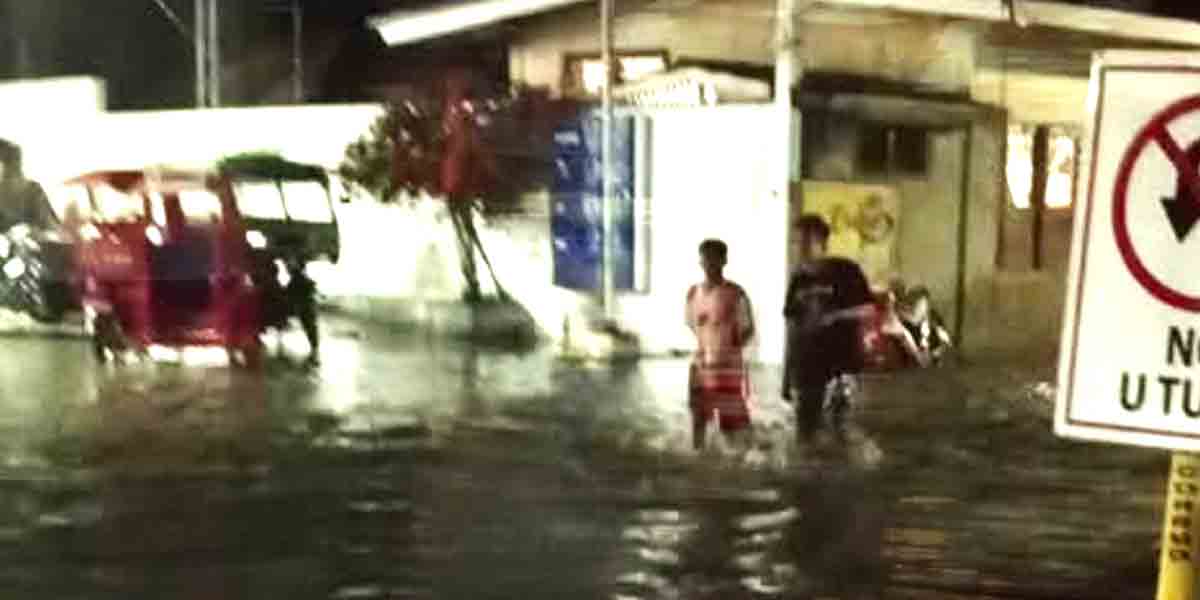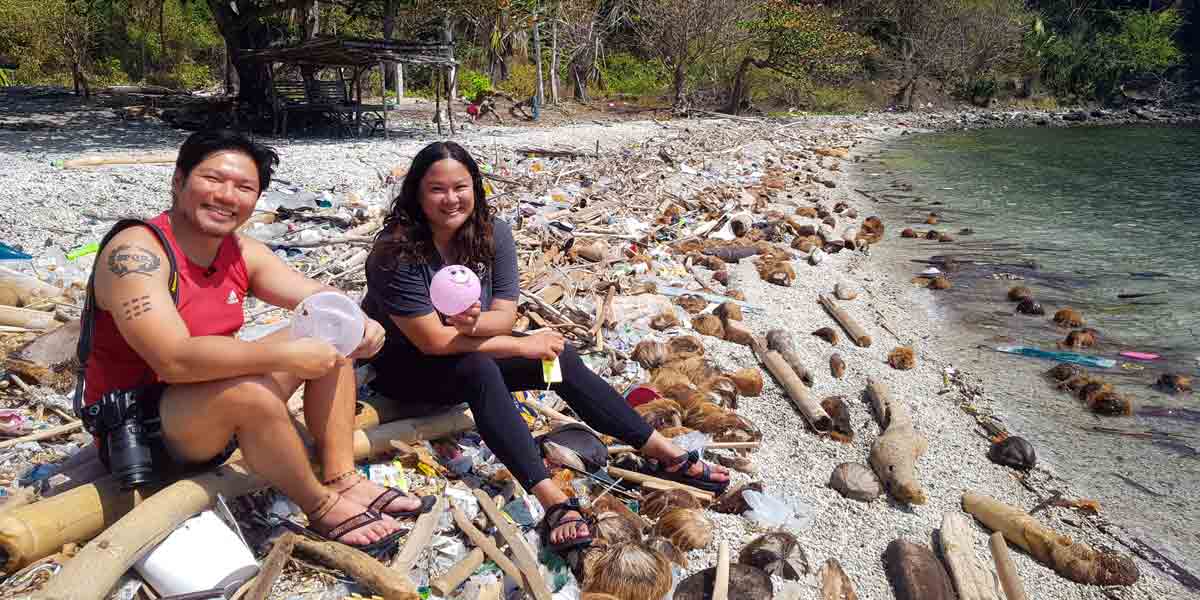 By Atty. Eduardo T. Reyes III
By Atty. Eduardo T. Reyes III
With the downgrading of its quarantine status classification, Aklan -which is the provincial home of the world-famous Boracay beach-, with the nod of the IATF, had decided to open its shores to welcome tourists back to its world-famous white-sand beaches that seem to run forever.
Jurisprudence describes the island poetically in these words: “Paradise is a place of bliss, felicity, and delight. For Filipinos and foreign nationals alike, Boracay – a small island in Malay, Aklan, with its palm-fringed, pristine white sand beaches, azure waters, coral reefs, rare seashells, and a lot more to offer, – is indeed a piece of paradise. Unsurprisingly, Boracay is one of the country’s prime tourist destinations”. (Mark Anthony V. Zabal, Thiting Estoso Jecosalem, and Odon S. Bandiola v. Rodrigo R. Duterte, President of the Philippines, Salvador C. Medialdea, Executive Secretary and Eduardo M. Año, Secretary of the Department of Interior and Local Government, G.R. No. 238467. February 12, 2019)
Given the allure and attraction that captivate both local and foreign tourists, it is not a surprise that many would fall in love and want a piece of this “paradise” to be their home.
But even paradise has its own storms.
The cases to be discussed deal with the validity, legal soundness and intricacies of entering into transactions involving lands in Boracay.
The first significant case involving the island, dealt with tax declarations versus a final deed of sale as pieces of documentary evidence presented by antagonists to prove claims of ownership and other real rights over portions of Boracay. It was pronounced that:
“Jurisprudence is consistent that tax declarations are not conclusive evidence of ownership of the properties stated therein. A disclaimer is even printed on their face that they are “issued only in connection with real property taxation [and] should not be considered as title to the property.” At best, tax declarations are an indicia of possession in the concept of an owner. However, non-declaration of a property for tax purposes does not necessarily negate ownership.
X x x
Here, the deeds of sale executed in favor of petitioners and the spouses x x x were prima facie valid and enforceable. However, further scrutiny and investigation established that petitioners’ predecessor-in-interest, x x x, could not have owned the disputed lot. Consequently, the subsequent conveyances of Lot 64 to the spouses x x x and thereafter, to petitioners, were null and void. Therefore, respondents, as the adjudged owners of Lot 64, are entitled to have the aforementioned deeds of sale nullified to remove any doubt regarding their ownership of the lot. (Emphasis supplied, citations omitted)”. (SPS. ALBERTO and JOCELYN AZANA, v. CRISTOPHER LUMBO and ELIZABETH LUMBO-JIMENEZ, G.R. No. 157593 March 22, 2007)
Apparently, the Supreme Court (SC) gave due consideration and probative weight to tax declarations and deeds of sale to prove ownership and other real rights over Lot 64 which is part of Boracay island. Inevitably, the lesson taught by this decision is that tax declarations and deeds of sale over Boracay lands may be considered as competent evidence to prove ownership thereover. However, this will not be for long.
On to the next case.
Effective 10 November 1978, President Marcos through Presidential Proclamation 1801, had already declared Boracay Island as “Tourist Zones and Marine Reserves” under the administration of the Philippine Tourism Authority.
On 22 May 2006, President Gloria Macapagal-Arroyo issued Proclamation No. 1064 classifying Boracay Island into four hundred (400) hectares of reserved forest land (protection purposes) and six hundred twenty-eight and 96/100 (628.96) hectares of agricultural land (alienable and disposable). The Proclamation further provided for a fifteen-meter buffer zone on each side of the centerline of roads and trails, reserved for right-of-way and which shall form part of the area reserved for forest land protection purposes.
The next case will answer the question as to whether lands in Boracay may be susceptible to private acquisition through any of the modes allowed under the Public Land Act particularly, by judicial confirmation of imperfect or incomplete title, i.e., open notorious, exclusive, adverse possession and occupation under a bona fide claim of ownership since June 12, 1945 or earlier.
Thus in the second case: In their petition, respondents-claimants alleged that Proclamation No. 1801 and PTA Circular No. 3-82 raised doubts on their right to secure titles over their occupied lands. They declared that they themselves, or through their predecessors-in-interest, had been in open, continuous, exclusive, and notorious possession and occupation in Boracay since June 12, 1945, or earlier since time immemorial. They declared their lands for tax purposes and paid realty taxes on them. Respondents-claimants posited that Proclamation No. 1801 and its implementing Circular did not place Boracay beyond the commerce of man. Since the Island was classified as a tourist zone, it was susceptible of private ownership. Under Section 48(b) of Commonwealth Act (CA) No. 141, otherwise known as the Public Land Act, they had the right to have the lots registered in their names through judicial confirmation of imperfect titles.
Said the SC: “Except for lands already covered by existing titles, Boracay was an unclassified land of the public domain prior to Proclamation No. 1064. Such unclassified lands are considered public forest under PD No. 705. The DENR and the National Mapping and Resource Information Authority certify that Boracay Island is an unclassified land of the public domain.
PD No. 705 issued by President Marcos categorized all unclassified lands of the public domain as public forest. Section 3(a) of PD No. 705 defines a public forest as “a mass of lands of the public domain which has not been the subject of the present system of classification for the determination of which lands are needed for forest purpose and which are not.” Applying PD No. 705, all unclassified lands, including those in Boracay Island, are ipso facto considered public forests. PD No. 705, however, respects titles already existing prior to its effectivity.
X x x
As discussed, the Philippine Bill of 1902, Act No. 926, and Proclamation No. 1801 did not convert portions of Boracay Island into an agricultural land. The island remained an unclassified land of the public domain and, applying the Regalian doctrine, is considered State property.
Private claimants’ bid for judicial confirmation of imperfect title, relying on the Philippine Bill of 1902, Act No. 926, and Proclamation No. 1801, must fail because of the absence of the second element of alienable and disposable land. Their entitlement to a government grant under our present Public Land Act presupposes that the land possessed and applied for is already alienable and disposable. This is clear from the wording of the law itself. Where the land is not alienable and disposable, possession of the land, no matter how long, cannot confer ownership or possessory rights.
(This is the end of part 1 of the 3-part series on The law on Boracay. Please watch out for parts 2 and 3 in subsequent issues of this newspaper).
(The author is the senior partner of ET Reyes III & Associates- a law firm based in Iloilo City. He is a litigation attorney, a law professor and a law book author. His website is etriiilaw.com).





















